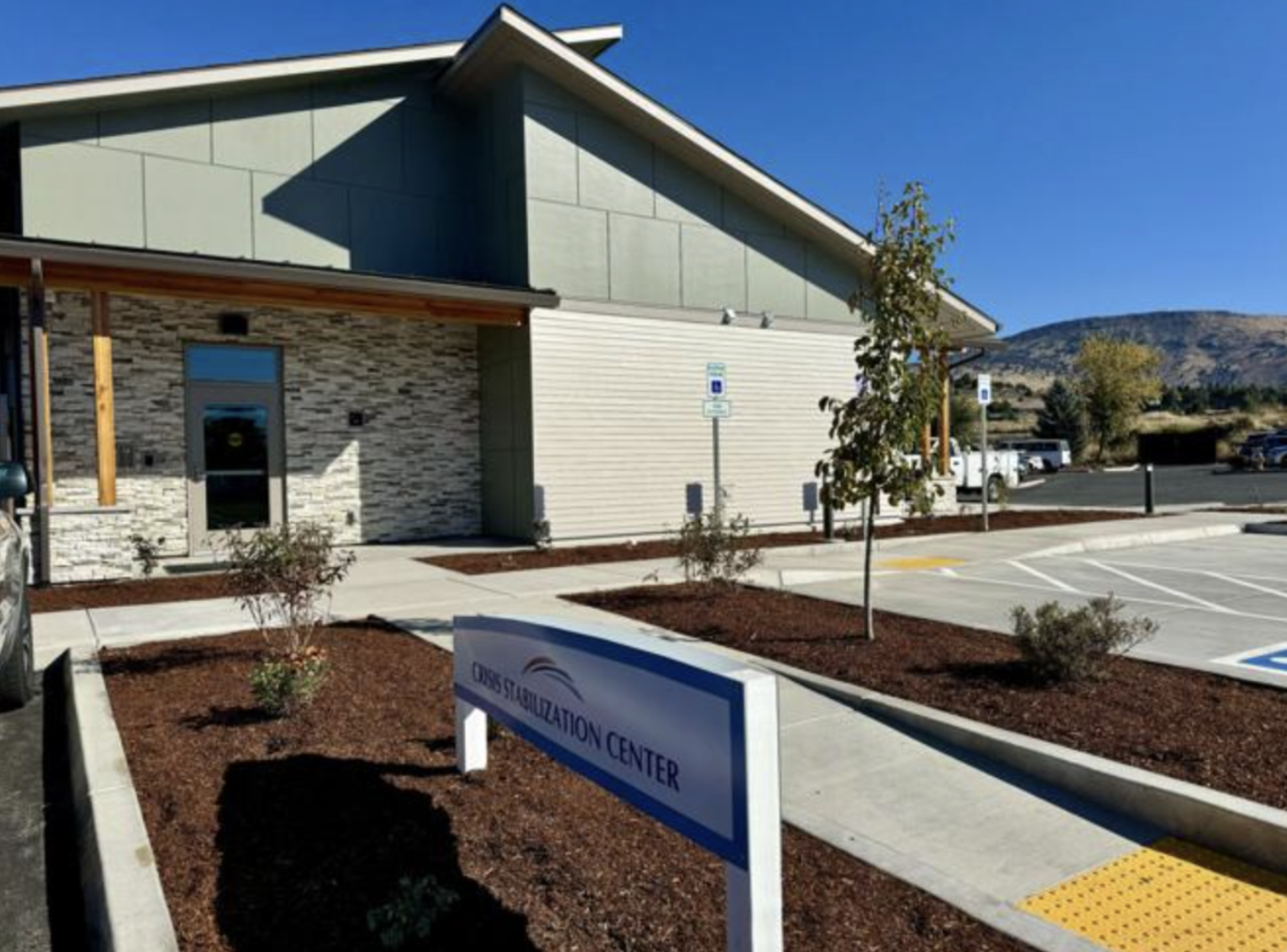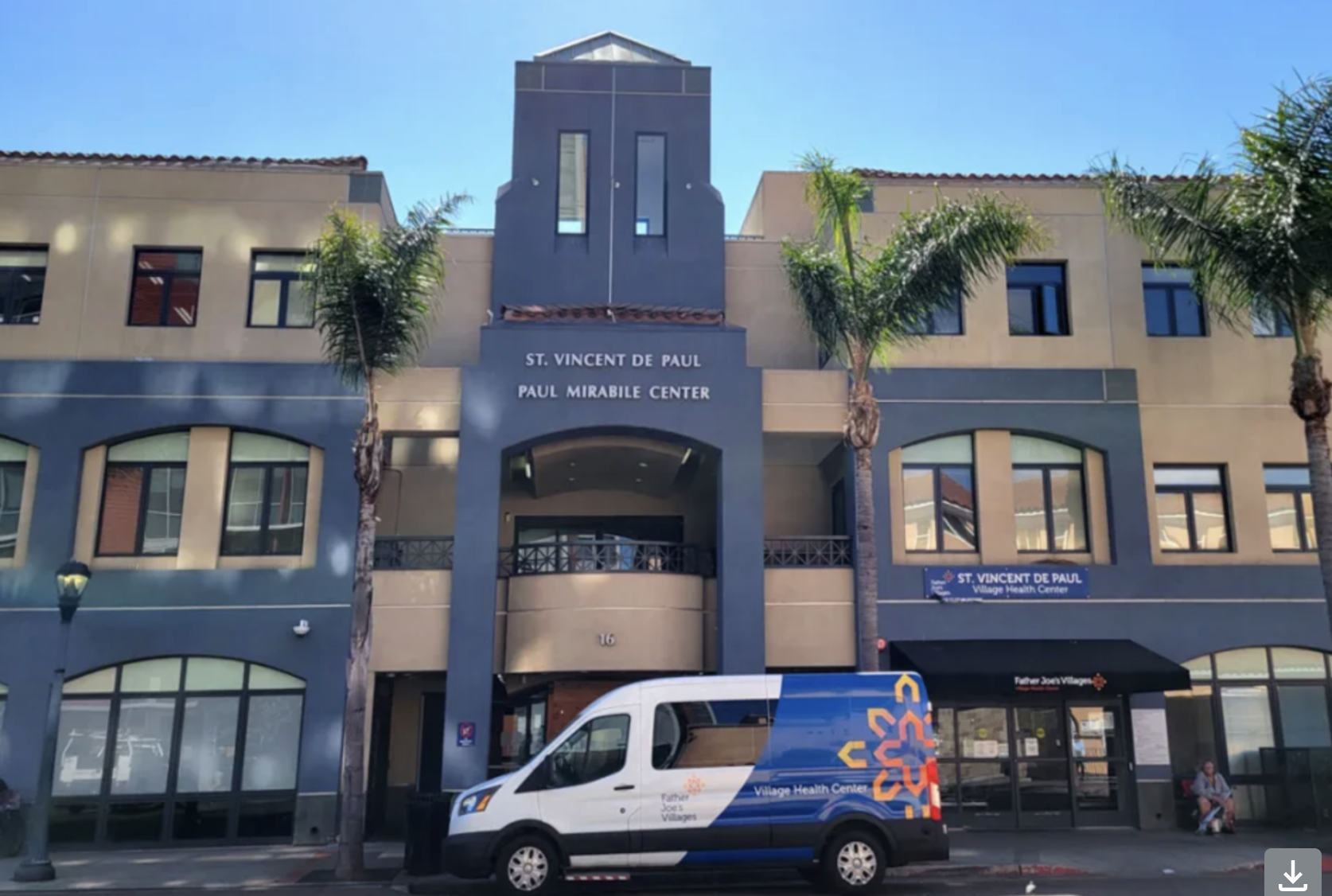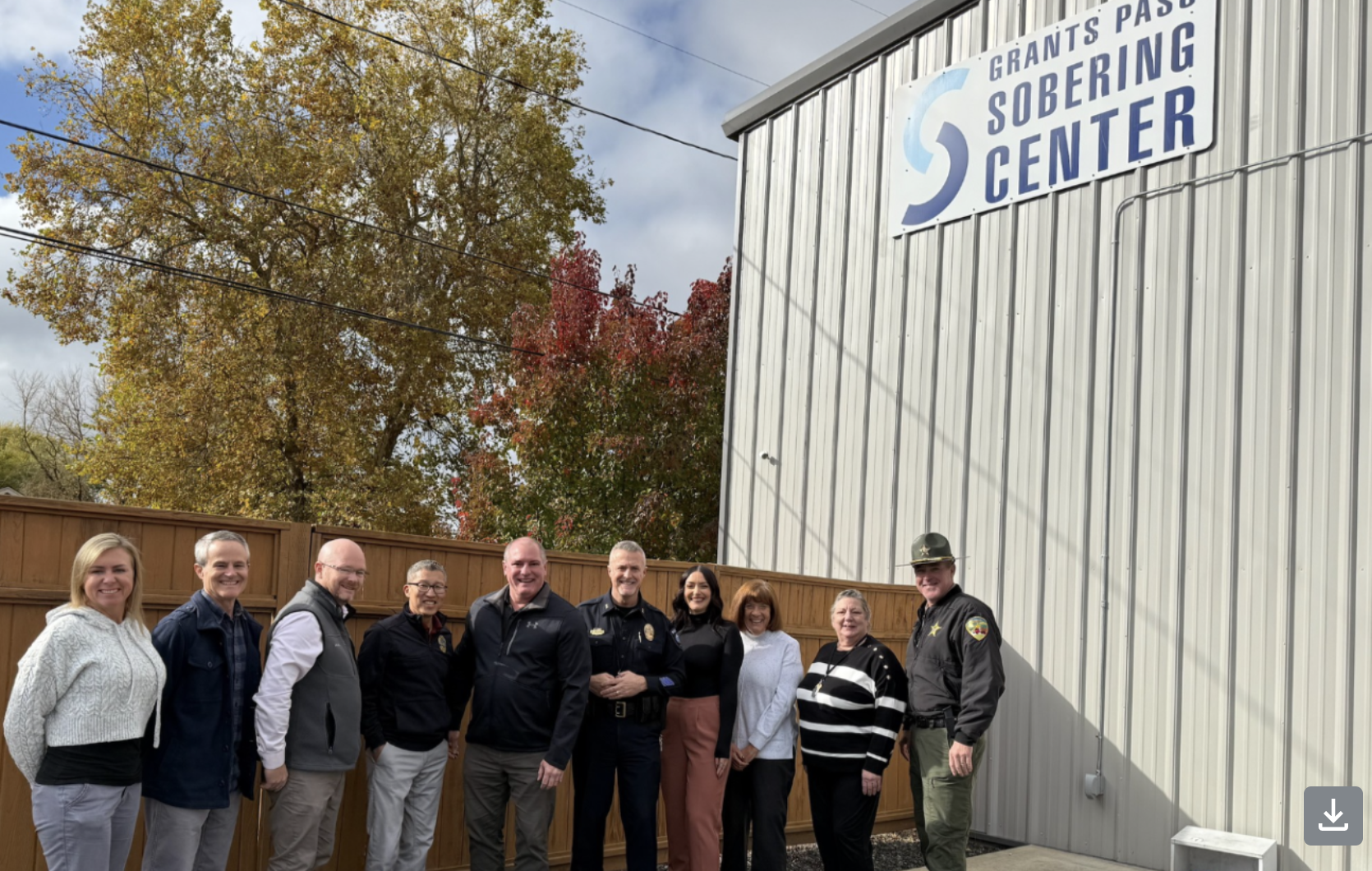Three Things To Read This Week
1. Cities Opening Crisis Stabilization Centers “For People Experiencing A Mental Or Behavioral Health Emergency And Need Immediate Help,” To Reduce Burden On Hospitals And Jails.
In Pennsylvania, Delaware County To Open “A 24-7 Crisis Center For People Experiencing A Mental Or Behavioral Health Emergency.” For The Philadelphia Inquirer, Sarah Gantz reports on the new facility that county officials expect will improve mental health care outcomes for patients in the county as it is “designed for people who are experiencing a mental or behavioral health emergency and need immediate help that often is not available at general hospitals” or jails. The center will also “manage a mobile crisis unit to respond to 911 emergencies” which “will be able to respond to 911 calls at homes, schools, and other locations where first responders believe someone is experiencing a mental health emergency” to reduce the burden on law enforcement and other first responders who frequently handle these kinds of calls for service.
The center, staffed by trained and certified “psychiatrists, nurses, and social workers who are specially trained to work with mental health patients” will also include “expanded pediatric services and a stabilization unit that can reduce the number of patients who must be transferred to an inpatient psychiatric facility.” The center is expected to open early next year, with the mobile crisis team launching next month.In Oregon, Klamath County Opens Its First Crisis Stabilization Center. For The Herald and News, Molly O’Brien reports on the grand opening of the county’s new combination crisis stabilization center and residential health facility. Called Willow Place, the facility offers “people in immediate need a place to decompress and regroup for up to 24 hours, helping reduce the intake numbers at the county corrections facility and local emergency room.” The trained staff at the facility provide “wrap-around services for people experiencing serious mental illnesses that cause major disruptions in day-to-day functioning… [including] everything from medication and case management to securing housing and ongoing access to mental health care providers.”
The facility accepts walk-in patients and drop-offs from first responders around the county, like paramedics, fire, and police officers. Bobby Bergstrom, a case manager at the facility, explained to the newspaper that law enforcement are champions of the center because even in “cases in which a criminal offense” has taken place, police officers will bring a person to the center instead of a jail when it’s clear that the offense “was committed due to the person’s mental state.” Bergstrom said that police will “cut them a citation [instead]” and admit them at the facility, because officers know that once the patient is secure at the center, “they calm down… and there’s always a case manager here that can work with them... it’s better for them, and we help stabilize them,” so the person gets the mental health care they needed and the officers can get back on the streets faster.
In Ohio, Lorain County Opens Doors To New “24-Hour Crisis Center.” For The Morning Journal, Larissa Beriswill reports on the new $19 million 30,000-square-foot facility for people “facing a mental health or addiction crisis… [that] ensures individuals receive up to 23 hours of stabilization… who might be otherwise taken to an emergency room or jail.” The “state-of-the-art” facility, “the first of its kind in the county,” separates care into two floors—“the first floor center [holds] beds for those needing assistance while facing a mental health crisis [and the] second floor will support those in an addiction crisis with support like detoxing.” The center will provide treatment “during mental health and addiction crises 24 hours a day, seven days a week.” News5 in Cleveland recently took a tour of the new facility - take a look inside below. Their excellent full segment is worth watching here:
Related: In California, Santa Cruz is opening a “first-of-its-kind youth crisis center… to help youth battling mental health issues… with an average stay of less than 24 hours,” Jacquelyn Quinones reports for KSBW. Sandra Hughes, with Santa Cruz Health Department, explained to the news station: “This center is going to help relieve emergency services, so no longer will children need to go to emergency rooms or get law enforcement involved. Instead, we're going to serve as a reliable resource for these emergency services.”
2. Momentum For Sobering Centers Across The Country.
San Diego Opens Doors To New Sobering Center For Homeless, The “First Of Its Kind In The City.” The Times Of San Diego reports on “Father Joe’s Villages,” a new “44-bed inpatient detox facility,” with a “sober recovery floor that can house 250 [people],” along with access to treatment and services with trained healthcare staff at “an on-site clinic,” and ongoing help to “find permanent housing” for all patients. City Councilmember Raul Campillo, who championed the center, said that the center “delivers critical care…[that will allow] more San Diegans [to] be empowered to take brave steps toward recovery and reclaiming their lives.”
In Oregon, Grants Pass Sobering Center Plays Important Role “Addressing Substance Use Issues And Public Safety.” Citizen Portal reports on the recent Grants Pass city council meeting which centered on the long-standing Sobering Center and its positive impact on the city serving an “essential function… to community safety and health.” For KOBI5, Lauren Pretto reports that trained healthcare staff at the center provide “direct care to those impaired by alcohol or other substances” and allows patients to “stay up to 24 hours with the ability to take a shower and walk away with some extra clothes if needed.”
Marie Hill, Director of the Grants Pass Sobering Center, explained to the news station that the sobering center “benefits the community by providing resources to those who need it and reducing the burden on law enforcement and emergency departments,” so much so that “city police tend to advocate for [the center’s] services with the rest of the city,” because of the vital public safety role it now plays. The center, which has been in operation since 2016, “averages two to three admissions per day, with approximately 400 people utilizing its services annually.”
3. Cities And Counties Turning To Quick Response Teams To Help Combat The Opioid Overdose Crisis.
In North Carolina, Mecklenburg County Launches New “Post-Overdose Response Team To Reduce The Number Of Deadly Overdoses.” For WFAE News, Elvis Menayese reports on the county’s new quick response team composed of “two paramedics and two counselors…[in county vehicles] equipped with items such as Narcan, which counteract opioid overdoses… who respond to people who have just experienced an overdose and “offer them treatment on the spot… [as well as] connection to [addiction] services.”
In Detroit, Quick Response Team Is Helping Reduce Overdoses In The City. For Fox2, Scott Wolchek reports on the Detroit suburb of Sterling Heights which has seen a 45% decrease in overdose deaths since 2021, which police leaders attributed to the launch of the city’s quick response team. The team “responds to situations involving overdoses or drugs… offers peer-to-peer outreach and various resources to combat addiction” and “the approach is paying off,” Sterling Heights Police Chief Andy Satterfield explained to the news station. “The old ways of just arresting someone and getting them in the system and they get out and still have the addiction problem [doesn’t work, because] we didn’t give them any solutions and then they’re back involved when they’re out….this is …an innovative approach to actually address the core of the problem—which is the addiction issue,” Satterfield said.
In Ohio, “Quick Response Team Credited For Helping Reduce Overdose Deaths.” WJER News reports that New Philadelphia’s quick response team has been a key factor in “reducing the number of overdoses in the area.” The team, composed of medics and healthcare professionals, “reach out to individuals who have experienced a non-fatal overdose and help them find resources and treatment options.” Kevin Milligan, the city’s Safety Director who oversees emergency services, told the news station that “overdoses requiring EMS response are down nearly 50 percent in both the city and the county” since the launch of the team last year.





